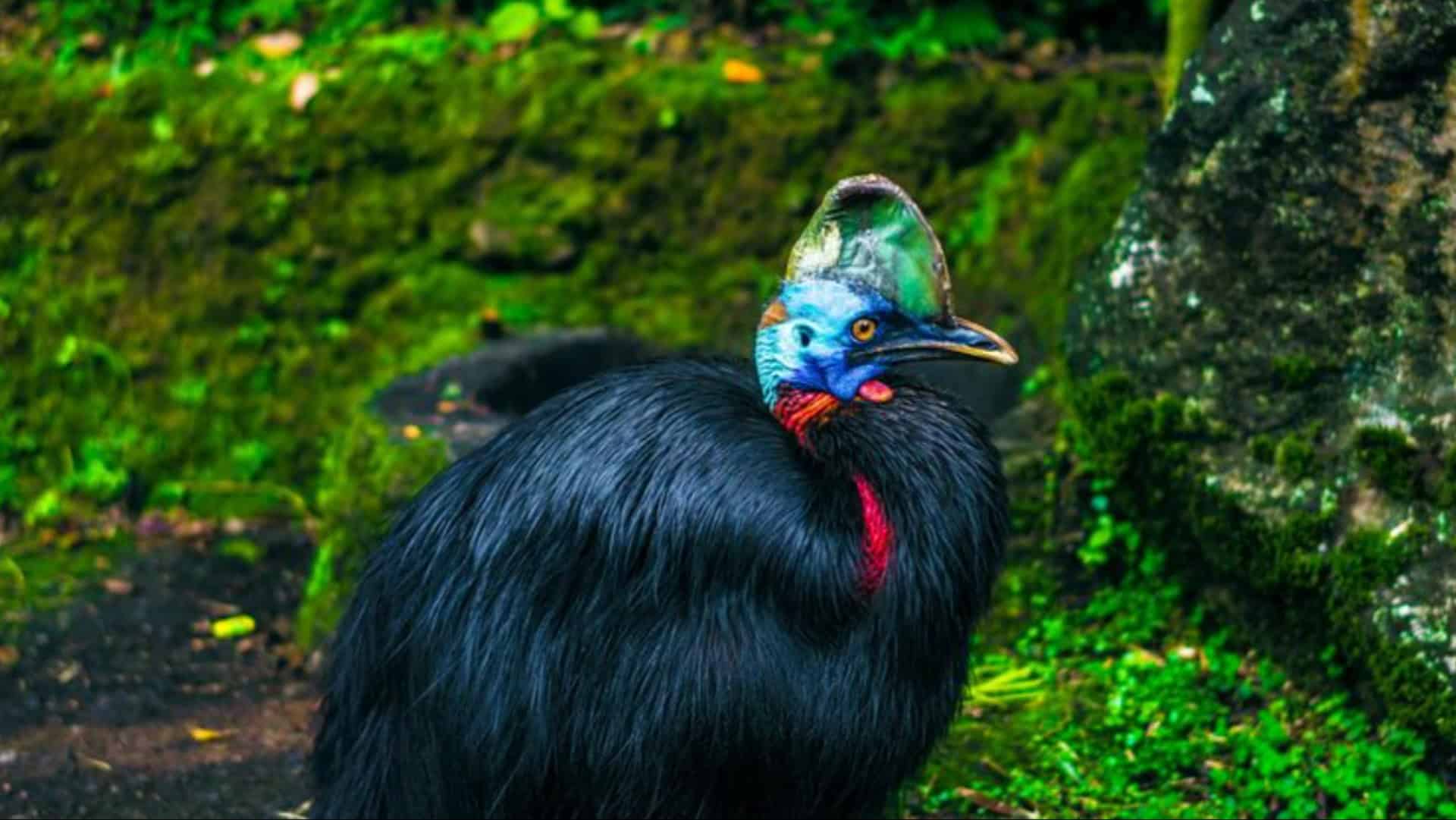Australia is a land teeming with wildlife that you won’t find anywhere else on Earth! Its vast and diverse habitats make it a haven for many unique species.
Today, we’re exploring eight extraordinary Aussie animals, each with their own distinctive charm and character.
From the enigmatic echidna to the playful platypus, these creatures capture the imagination of nature lovers everywhere.
Join us on this adventure to discover the wonders of these remarkable animals that call Australia home. Let’s get started!
1. Kangaroo
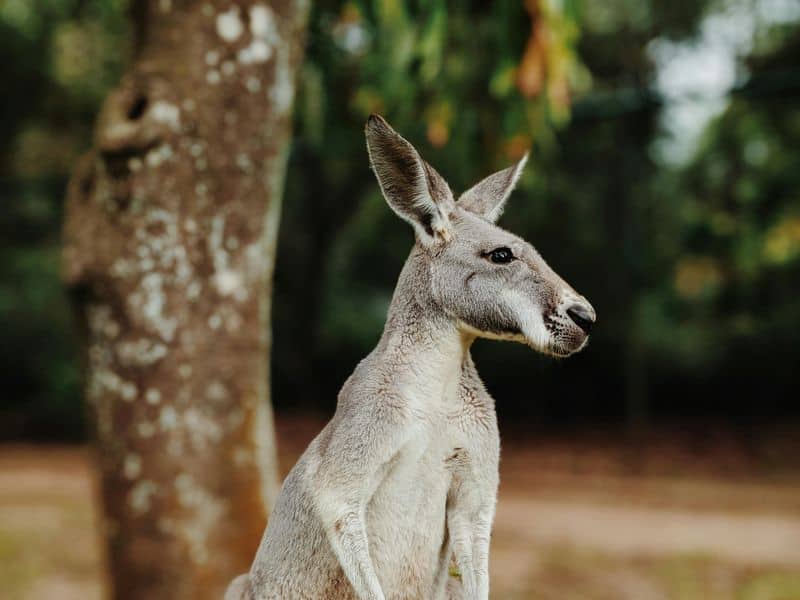
The kangaroo is a symbol of Australia, instantly recognizable by its powerful hind legs and long tail.
These marsupials, known for their unique mode of hopping, are found across varied landscapes from forests to plains.
They have a comfortable pouch where the females carry their young, called joeys. Kangaroos are social animals, often seen in groups called mobs.
Their diet mainly consists of grass, and they have an impressive ability to survive in harsh environments by conserving water.
Watching a kangaroo in motion, effortlessly bounding across the terrain, is a quintessential Australian experience.
2. Koala
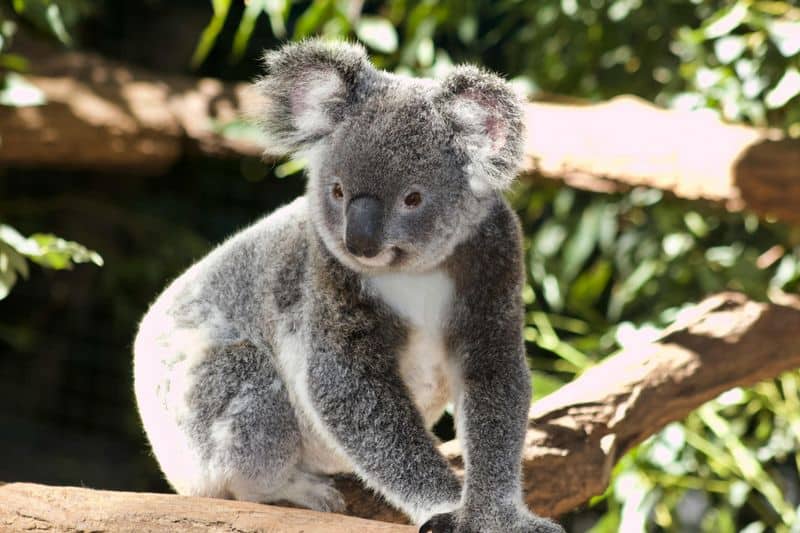
Koalas are tree-dwelling marsupials with a reputation for being incredibly cute and cuddly.
They spend most of their time nestled in the branches of eucalyptus trees, which provide them with their primary food source.
With their thick, grey fur and rounded ears, koalas are perfectly adapted to their arboreal lifestyle.
Despite their sleepy demeanor—they can sleep up to 20 hours a day—koalas are skilled climbers.
They communicate through unique calls and have a strong sense of smell, vital for selecting the freshest leaves. Encountering a koala is a heartwarming Australian experience.
3. Platypus
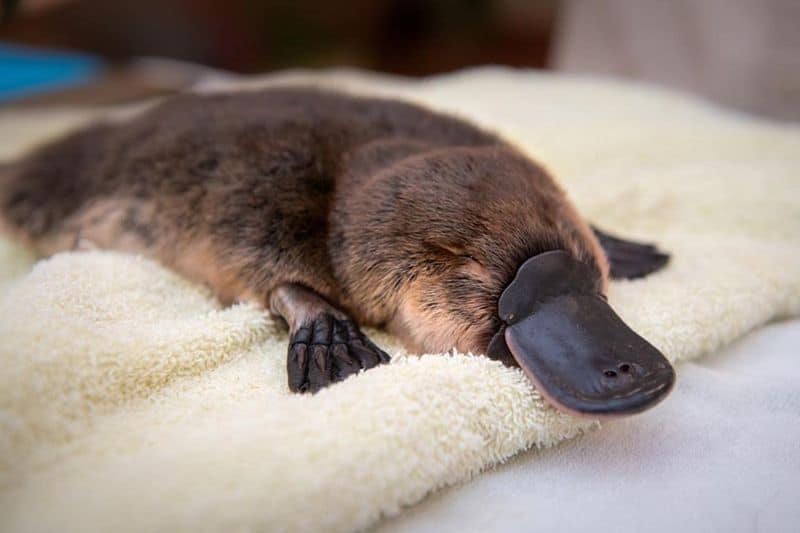
The platypus is one of the most unusual creatures on the planet, with its duck-bill, webbed feet, and beaver-like tail.
This monotreme is native to eastern Australia and Tasmania, living in freshwater environments.
It uses its bill to hunt for insects and larvae in the water, relying on electroreception to locate prey. Platypuses are shy and primarily nocturnal, making them a rare sight in the wild.
Despite laying eggs, they are mammals and nurse their young with milk. This fascinating creature is a true testament to the wonders of evolution.
4. Echidna
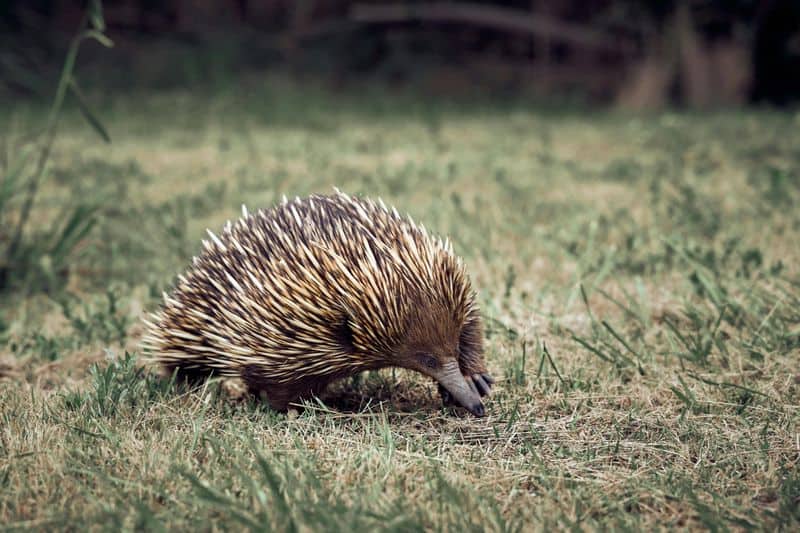
Echidnas, or spiny anteaters, are one of the few egg-laying mammals, sharing this trait only with the platypus.
Found throughout Australia, these solitary creatures are covered with spines and have a long, sticky tongue used for catching ants and termites.
Despite their intimidating appearance, echidnas have a gentle nature and are shy, often rolling into a ball for protection.
They have an acute sense of smell which aids in foraging. Observing an echidna in its natural habitat offers insight into the remarkable adaptability of Australian wildlife.
5. Wombat
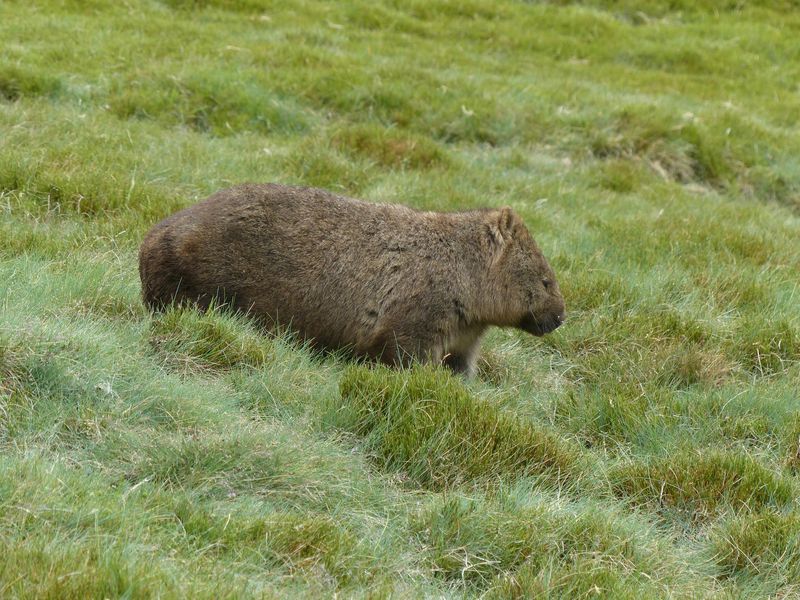
Wombats are robust marsupials known for their burrowing habits and cube-shaped droppings.
With their sturdy build and powerful claws, they dig extensive burrow systems, providing shelter and protection.
Wombats have a slow metabolism, which suits their low-energy lifestyle, primarily feeding on grasses and roots. Despite their size, wombats can run quickly over short distances if threatened.
Their backward-facing pouch is unique, preventing soil from entering while digging.
Encountering a wombat in the wild highlights the unique adaptations of Australian marsupials to their environment.
6. Tasmanian Devil
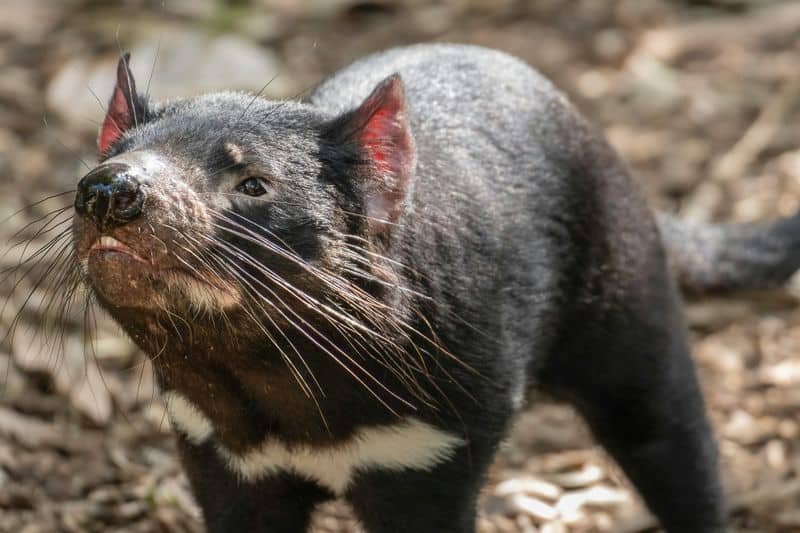
The Tasmanian devil, infamous for its loud screech and ferocious temperament, is the world’s largest carnivorous marsupial.
Native exclusively to Tasmania, these creatures are scavengers, with powerful jaws capable of crushing bones. Devils are mostly nocturnal, hunting at night and resting during the day.
Unfortunately, they are endangered due to a contagious cancer, threatening their population. Conservation efforts are underway to protect these unique animals.
Observing a Tasmanian devil in the wild is both thrilling and sobering, as it underscores the fragility of Australia’s native wildlife.
7. Quokka
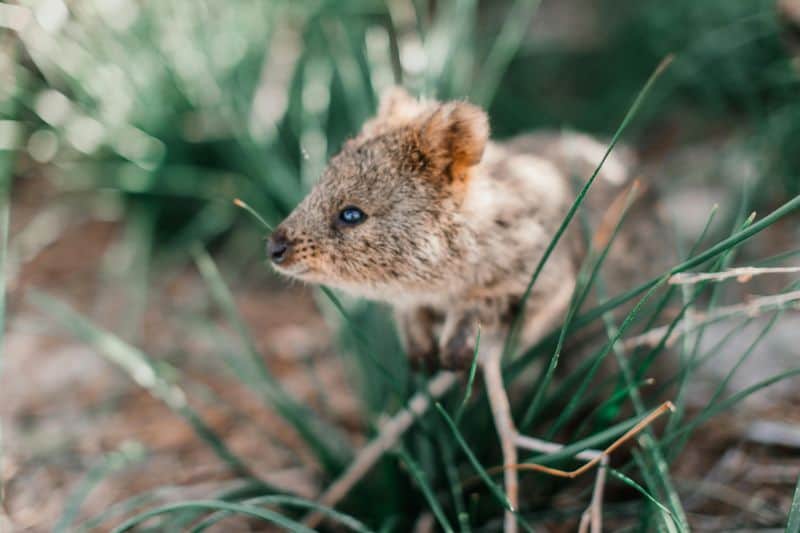
Quokkas, often dubbed the ‘world’s happiest animals’ due to their infectious smiles, are small marsupials found on Rottnest Island.
These herbivores are social and curious, frequently approaching tourists for a closer look. They thrive in the island’s scrublands, where an abundance of grasses and leaves sustains them.
Quokkas are agile climbers and are primarily nocturnal, resting during the heat of the day.
Their approachable nature has made them a popular subject for selfies, although maintaining a respectful distance is crucial. Meeting a quokka is sure to bring joy to any animal lover.
8. Cassowary
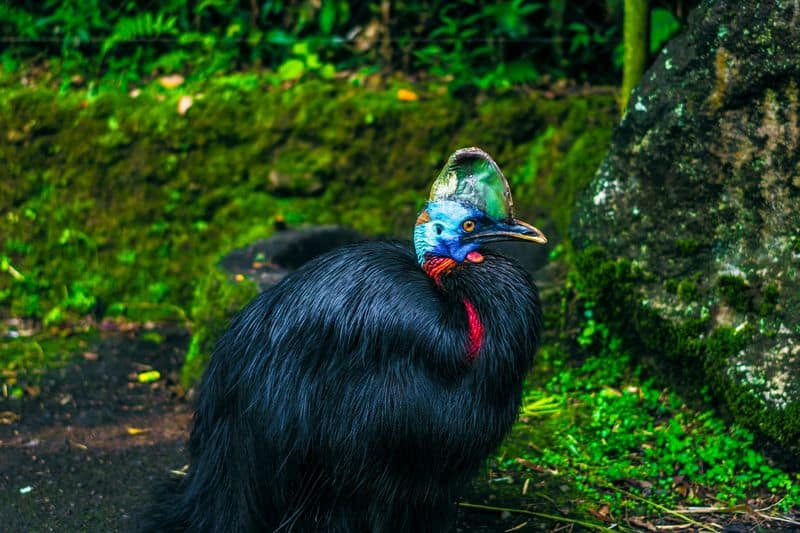
The cassowary, a flightless bird native to tropical forests of Queensland, is known for its striking appearance and formidable nature.
With a bright blue neck, casque on top of its head, and powerful legs, the cassowary is often dubbed the “world’s most dangerous bird.”
Despite their intimidating stature, they play a crucial role in their ecosystem, dispersing seeds across the forest floor.
Cassowaries are solitary creatures and can be elusive, preferring dense rainforest cover.
Spotting a cassowary in its natural habitat is a rare and thrilling experience, revealing the diversity of Australian fauna.

